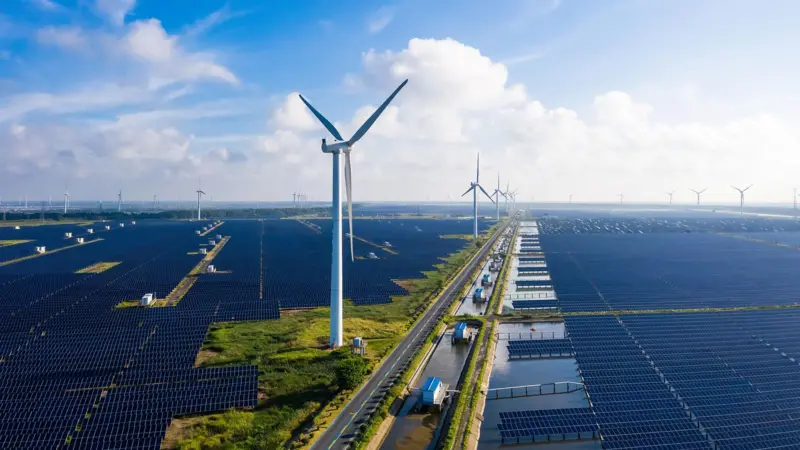For years, China has held the uncomfortable title of the world’s largest carbon emitter, a consequence of its rapid industrialization and economic expansion. But today, in a surprising turn, China is also becoming one of the global leaders in efforts to reduce carbon emissions, signaling a complex and evolving approach to the climate crisis.
A Heavy Carbon Legacy
China’s explosive economic growth since the late 20th century has been powered largely by coal, the dirtiest fossil fuel. As factories, power plants, and sprawling cities multiplied, so too did China’s carbon footprint, surpassing the United States as the top emitter of greenhouse gases.
The environmental consequences — from severe air pollution to rising temperatures — have put increasing domestic and international pressure on China to change course.
A New Energy Strategy
In response, China has embarked on a massive transformation of its energy sector. The country now leads the world in the development and deployment of renewable energy, particularly solar and wind power. According to recent data, China is responsible for nearly half of the world’s new renewable capacity, investing billions of dollars in clean energy projects.
The government has also introduced stricter regulations on coal consumption, tightened environmental standards for industry, and launched one of the world’s largest carbon trading markets. These steps aim to cap emissions, increase energy efficiency, and encourage companies to invest in cleaner technologies.
Technology and Innovation Drive Change
China’s push to reduce emissions is fueled in part by technological innovation. The country is a global leader in electric vehicle production, battery technology, and green infrastructure. Massive investments in smart grids, high-speed rail, and energy storage systems are helping China shift away from its fossil fuel dependence.
Furthermore, public awareness of climate issues has grown, with younger generations increasingly demanding stronger environmental protections and sustainable development.
Balancing Growth and Green Goals
Despite these advances, China faces significant challenges. Its economy remains heavily dependent on coal, especially in regions where industries such as steel, cement, and manufacturing dominate. Economic slowdowns, energy security concerns, and political pressures sometimes slow the pace of reform.
China’s official target is to peak carbon emissions before 2030 and achieve carbon neutrality by 2060. Whether it can meet these ambitious goals remains uncertain, but the country’s recent progress suggests a serious commitment to balancing growth with environmental responsibility.
A Global Impact
China’s actions on climate change have global consequences. As the world’s largest emitter and second-largest economy, its transition to cleaner energy sources could significantly influence global carbon levels. International cooperation, particularly with the United States and the European Union, remains critical in addressing the shared challenge of global warming.
While critics point out that China must move even faster, its recent progress offers a glimpse of how even the world’s biggest polluters can begin to turn the tide — and how technological innovation, political will, and public pressure can reshape the path toward a more sustainable future.
